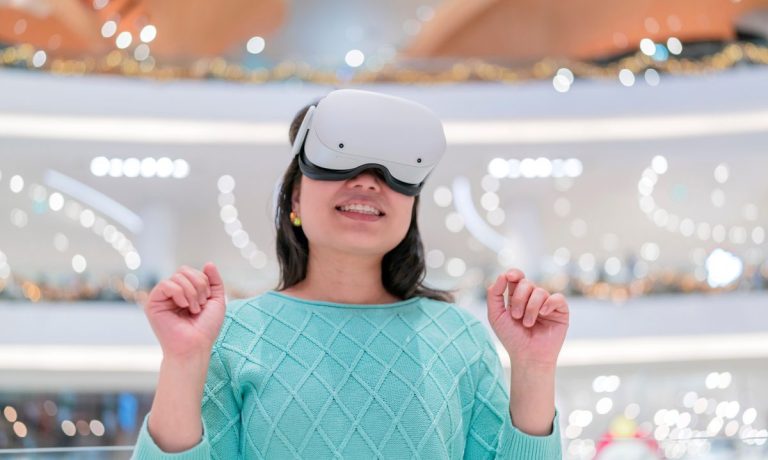
While it’s never been clear whether brands and retailers were ever truly welcome in the metaverse, or if it was just an intrusion into a space meant for pure entertainment and disassociation from the real world, it seems the investments retailers have made have not paid off.
Walmart has reportedly shut down its Universe of Play metaverse experience on Roblox just six months after its launch. However, Walmart has stated that discontinuing the experience was always intended.
Furthermore, Walt Disney has closed its division that focused on creating next-generation storytelling and consumer experiences for its metaverse strategies. This decision was made following the recent announcement by social media giant Meta that its metaverse division had suffered a loss of $4.3 billion in the fourth quarter.
When CEO Mark Zuckerberg renamed the social network to Meta Platforms, it fueled investments and initiatives that aimed to leverage artificial intelligence (AI)-powered visual technology to merge the physical and digital worlds in the metaverse — a virtual realm where individuals could interact.
Meta’s strong position on the metaverse ultimately fueled a hype that was seemingly unavoidable, with brands and retailers thinking they needed to be a part of it.
See also: How Facebook Turned the Metaverse Into a Buzzword
The move toward the metaverse was aimed at improving virtual experiences and targeting younger audiences, especially Gen Z, as the COVID-19 pandemic led to new consumer preferences that emphasized engaging with brands from the safety and convenience of their homes.
Bloomingdale’s introduced a multi-brand metaverse department store as part of its holiday marketing strategy last year, per a TechCrunch report. Additionally, registry service Babylist launched a virtual showroom in November where customers could browse products and add them to their registries.
But while retailers and brands have primarily utilized the metaverse to create brand experiences and marketing campaigns, few have reported on its conversion rate. Investments in the metaverse have not yielded significant results, causing brands and retailers to reevaluate their strategies.
One alternative strategy is augmented reality (AR).
AR technology can elevate the shopping experience by integrating virtual elements into the real world, allowing customers to visualize products in their own surroundings.
Moreover, AR technology can boost customer engagement by offering entertaining and experiences, increasing the likelihood of a purchase. Additionally, AR can help retailers create a more personalized and interactive shopping experience, which can foster customer loyalty.
Snap, parent company of Snapchat, has been instrumental in promoting the adoption of AR commerce, having invested in AR for over a decade. It recently launched a Shopping Suite that includes a range of try-on and sizing tools tailored for retail, particularly for clothing, footwear and eyewear.
The company said in a press release that more than 250 million users engage with AR on Snapchat every day.
Some companies, including Apple and IKEA, have utilized AR to provide customers with a preview of how products would appear in their homes. Furthermore, brands like Nike and Ray-Ban have incorporated virtual try-on technology to improve their sales.
Snap’s AR tools have been employed by retailers such as Prada and American Eagle, allowing their customers to virtually “try on” and purchase products such as sunglasses and sneakers. The majority of the process had previously occurred within the Snapchat app.
With the introduction of AR Enterprise Services (ARES), which debuted in March, retailers are now able to integrate these same tools into their websites and product pages, affording them greater authority over the shopping experience and user data.
Over the past three to six months, Snap has partnered with several retailers, such as Princess Polly, Gobi Cashmere, and Goodr sunglasses, to experiment with features for ARES and Shopping Suite.
See also: Retailers Try on AR to Get More Consumers to Buy
Snap reported that the AR Try-On feature resulted in a 67% increase in conversion for mobile users, according to Goodr. Similarly, Princess Polly experienced a 24% reduction in return rates for customers who used the Fit & Sizing recommendation tool.
Despite the potentially high cost of implementing AI and AR tools, Snap aims to enhance accessibility of the technology for retailers. That said, last month, an interview with Modern Retail, Carolina Arguelles Navas, Snap’s head of AR enterprise product strategy and product marketing, emphasized that the company prioritizes both delivering realistic experiences and streamlining the integration process for retailers.
For all PYMNTS retail coverage, subscribe to the daily Retail Newsletter.